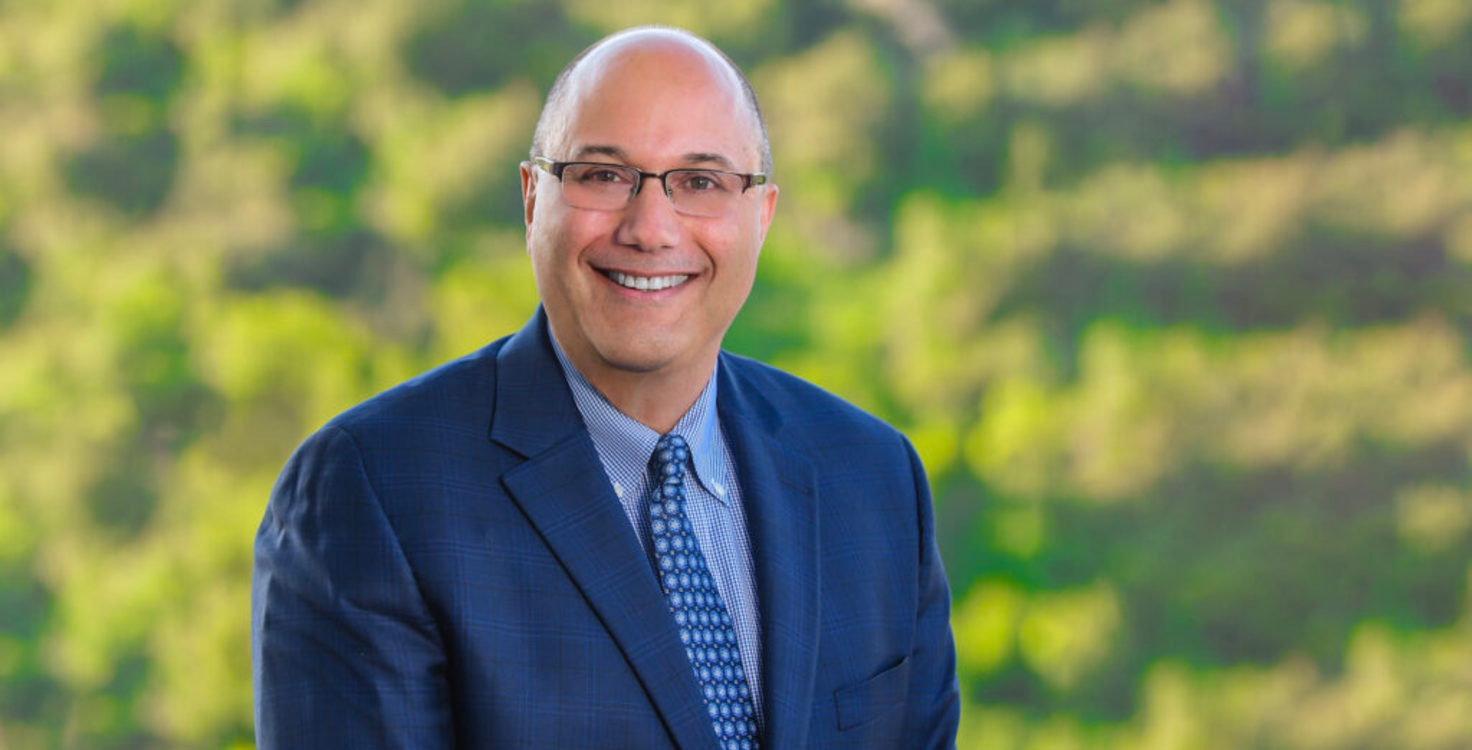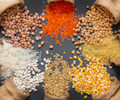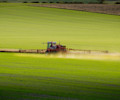BlueNalu's mission is to develop great-tasting, healthy, safe and trusted cell-cultured seafood products that support the sustainability and diversity of our ocean. With a culinary-centric approach and team of experts in a number of technology and business disciplines, BlueNalu will produce a wide array of seafood products to meet consumer demand. We will provide a consistent, predictable, traceable, and year-round supply of seafood which will be nutritionally equivalent and perform the same as conventional seafood but will not contain mercury, microplastics or other environmental contaminants. BlueNalu is aligned with ten of the United Nations’ Sustainable Development Goals.
Interview with Lou Cooperhouse
What are the main drivers of cost?
As has been widely reported, a significant contributor to costs is the nutrient-rich media which serves as feed for our cells. However, the shift from pharma-grade to food-grade raw materials, together with price reductions resulting from economies of scale, will bring down costs considerably and enable price parity to become attainable. The realization of this cost reduction is happening much quicker than what was anticipated just a few years ago and is rapidly accelerating, as industry supply chain partners have shown great interest in the cell-cultured industry. We are also starting to see considerable interest in the cell-cultured industry by the conventional food industry and national governments, and a strong willingness to partner with companies like BlueNalu in bringing these products to the market.
Whereas cost is a very important consideration, scale of production is arguably of the greatest importance. From the onset of the company, BlueNalu established a business and technology focused on the greatest potential for consumer adoption and regulatory approval worldwide, and a multi-stage commercialization strategy that would lead to large-scale production and profitability. BlueNalu’s stage-gate process will transition the company to increasingly larger volumes of production over time, while also transitioning to continual reductions in product cost, the most continuous process, and the greatest potential volume that can be attained in a factory with the least amount of CapEx and OpEx.
Value creation is also of tremendous importance in our industry. BlueNalu is focused on the creation of “whole muscle” center-of-the-plate product forms (and not ground and formed or blended products) that result in premium value, premium benefits, and the greatest potential for profitability in the cell-cultured protein sector.
How and when do you expect to achieve price parity with the conventional counterpart protein?
Today, the seafood market is supply restricted, which makes market pricing variable and unpredictable, and extremely vulnerable to climate change and other supply chain disruptions. A consumer is also paying for the parts of the fish that you don’t typically eat like heads, tails, skin, and bones, as fish typically yields 40-60% edible portion. With BlueNalu seafood, our products will have 100% yield, and we are focused on commercializing prized species like bluefin tuna that not only command premium pricing, but also are challenged by declining populations. It is our goal to achieve price parity to these products over time, while providing a steady supply that is predictable, safe, and consistent to meet demand. We believe that we will be able to achieve price parity with our first large-scale commercial production facility.
How are you working with the conventional meat, seafood and dairy industry?
Global demand for seafood is at an all-time high and is anticipated to increase significantly in the decades ahead, particularly in Asia. Our global supply of seafood is not able to keep up with this increasing demand, and is highly insecure, variable, and vulnerable. Seafood is the largest traded animal protein on the planet, and the only major source of animal protein that continues to rely on wide-scale harvesting of wild animals. It is also a very fragmented industry that has multiple layers of the value-chain that each can introduce unacceptable levels of food safety risk, food waste and potential for supply chain disruption.
Many organizations involved in the seafood industry recognize that the future supply of seafood will be unable to keep up with demand, as the UN Food and Agriculture Organization projects there will be a supply chain gap of seafood of 28 million tons by 2030. We need a new solution, and BlueNalu seafood is one of these solutions that can complement existing supply to meet growing demand. Working with the leading seafood companies expedites our ability to scale production and distribution of our products globally, with the quickest pathway possible, at the least possible cost. Doing so benefits all of us by providing fresh, nutritious seafood as quickly as possible without taking fish from our ocean.
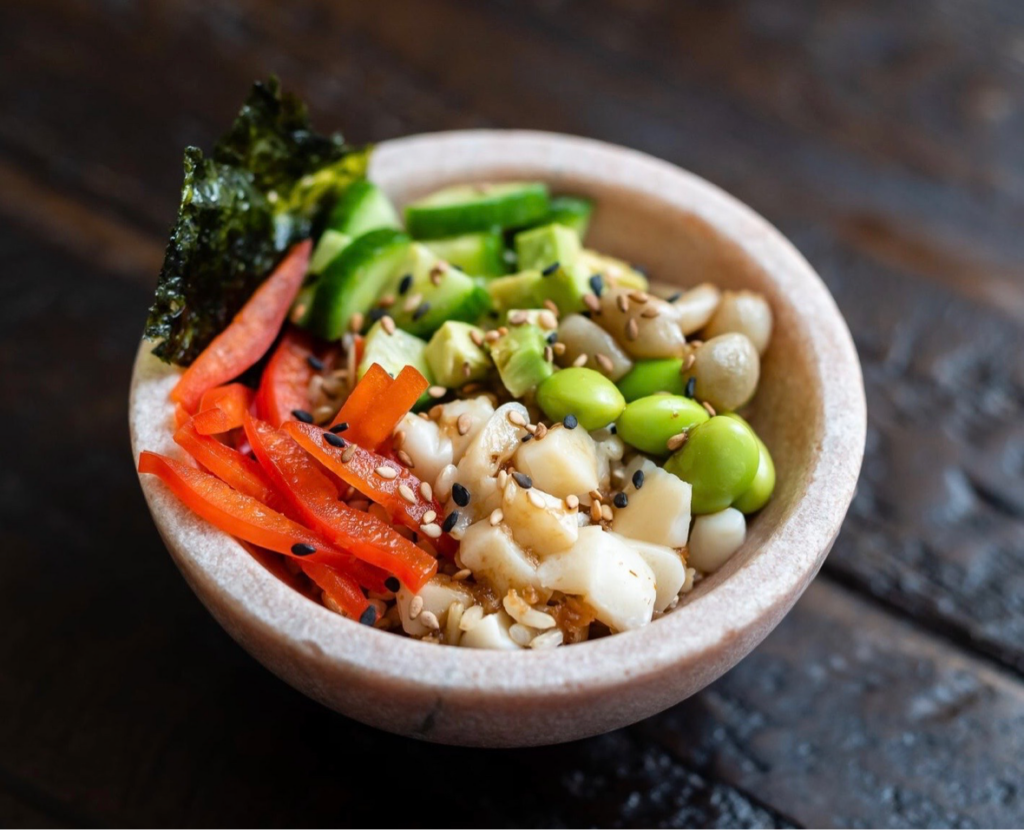
Our cell-culture technology only produces the meat that people love, without having to spend time, money and precious resources on growing the parts of fish that people don’t eat, all without antibiotics, genetic modification or depleting our ocean. This will happen in a tightly controlled food production facility that is overseen by the appropriate regulatory authority in each nation where we operate to meet all quality and food safety standards. This means we can manage the entire process, from upstream inputs to downstream production and packaging. This technology presents a radical shift in the efficiency and sustainability of seafood production and the potential to increase the value of the seafood industry through job creation and improved safety, security, traceability, consistency, and predictability of the product.
Because of the unique value proposition that BlueNalu provides, we have seen tremendous interest and support from some of the world’s leading producers, buyers, marketers and promoters of sustainable seafood. For example, Nutreco, one of the largest aquaculture feed production and sourcing operations, invested in BlueNalu. We also received investment from Rich Products based in the U.S., which has Morey’s Seafood and Sea-Pak CPG brands, as well as Sumitomo Corporation in Japan. Earlier this year, we announced two memoranda of understanding (MOUs) to accelerate our market development strategy in Asia with Mitsubishi Corporation in Japan, and separately with Thai Union in Thailand, which also invested in our recent financing. And just this month, we announced a collaboration with Nomad Foods, the leading frozen foods supplier and sustainable seafood buyer in Europe. We will be excited to announce additional collaborations in the future with leading seafood producers, marketers and buyers in each market we will operate.
Our collaborations with some of the world’s leading producers, buyers and marketers of seafood represents a tidal shift in how the industry is operating and thinking about sustainable development.
BlueNalu has also collaborated with the National Fisheries Institute (NFI) in the United States on selecting the most appropriate terminology to describe our new method of production with the following requirements for the term:
Be truthful, non-misleading, descriptive, and clear, communicating to the consumer what the product is and how it is produced, in line with FDA’s regulatory requirements,
Signal potential allergenicity and nutrition for consumer safety and transparency,
Be non-disparaging to either cell-cultured or conventional seafood products, and
Be differentiated from conventionally produced wild or farmed seafood products through a qualifier that modifies the market name of the product.
Based on independent, academic, and peer-reviewed consumer research conducted by Dr. Bill Hallman at Rutgers University, which was sponsored by BlueNalu, the term that NFI and a super-majority of AMPS Innovation member companies selected was “cell-cultured seafood.” This position was described in detail in a joint letter to the U.S. FDA, in response to their Request for Information about nomenclature.
Food safety is a key area of concern for consumers, how are you addressing this in your processes and ultimately product?
BlueNalu is committed to a premium quality product, and we are taking the necessary steps to prioritize this critical area by pursuing internationally recognized, third-party food safety certifications in addition to requirements for FDA or other regulatory agencies internationally. Our commitment to Global Food Safety Initiative (GFSI) standards will not only strengthen consumer trust but also enable market access to foodservice providers and retailers through validated certification programs. Furthermore, by implementing a robust food safety and quality assurance plan, we can quickly and safely replicate these systems as we scale up.
It is our goal that when consumers select BlueNalu products, they know they are getting the very best seafood, without compromise. By committing to the highest standards of food safety, we hope that the cell-cultured foods space will adopt a similar comprehensive approach and that we can emerge as one that is consistently certified and verified by leading, internationally recognized food safety standards.
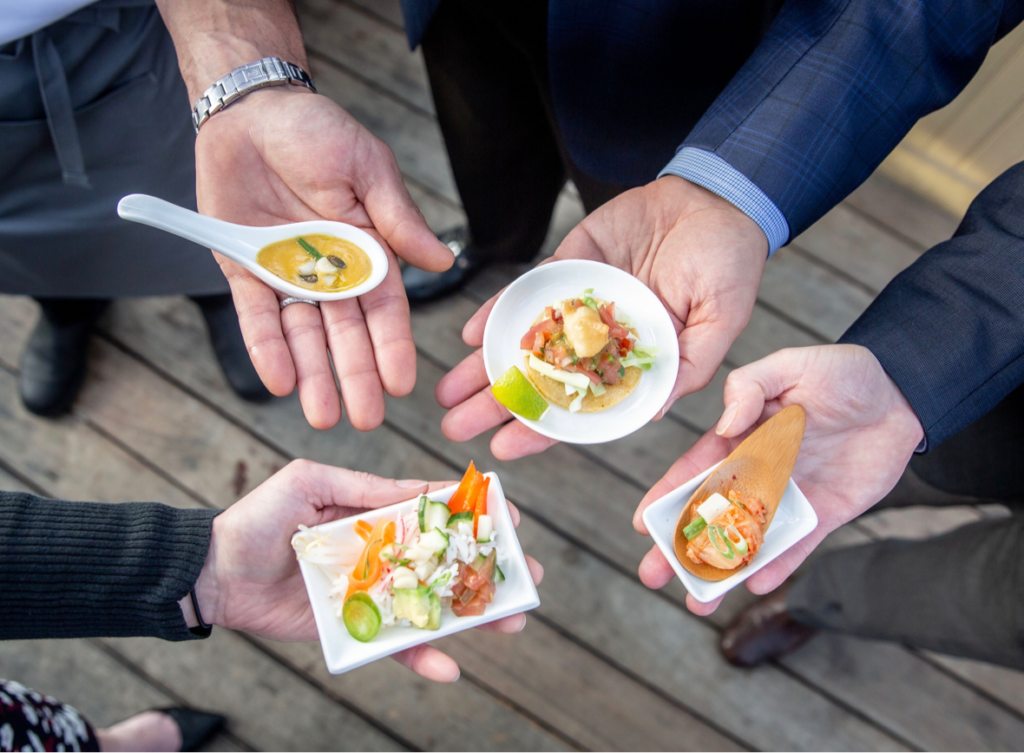
What is the biggest driver of your environmental footprint (especially at scale), and how are you working to reduce it?
In our business model, we will be providing a finished product with close to 100% yield, that will originate from a food facility that is located closer to the end customer to minimize transport time. Processes will be tightly controlled to maximize efficiency and minimize waste and spoilage. This production method offers significant opportunity to improve the environmental and sustainability footprint of the seafood system. BlueNalu is committed to responsible, ethical, and sustainable ingredient sourcing, processing, packaging, and distribution of our seafood products. In doing so, we will bring about a new way to produce high-quality seafood that is healthy for humans, humane for animals and sustainable for the planet. As we expand production into our pilot-scale food production facility in San Diego, CA, and ultimately to large-scale production in the coming years, we will work with third-party organizations to establish a life cycle assessment of our production method, which will allow BlueNalu to further identify, evaluate and improve our environmental impact.
How can the sector support a just transition through the creation of new opportunities to absorb displaced workers and farmers from the conventional meat sector?
At BlueNalu, we are specifically targeting species that are overfished at industrial scale, primarily imported in each market and difficult to farm raise. BlueNalu’s mindful species selection strategy aims to complement wild-caught and farm raised seafood by alleviating unsustainable stresses on vital fish stocks that have compromised small-scale fisheries and local fishing grounds needed by subsistence fishers to survive, economically and nutritionally. We believe that “a rising tide lifts all boats”, and cell-cultured seafood will allow global production to meet growing demand by building factories, creating jobs, and improving food and economic security for millions of people. BlueNalu can also provide ethically sound and well-paying jobs for local economies. It is our goal, as a result of this strategy, to reduce fishery pressure, displace the need for imports, create jobs, enhance food security, and redefine local seafood in each region we go to market.
